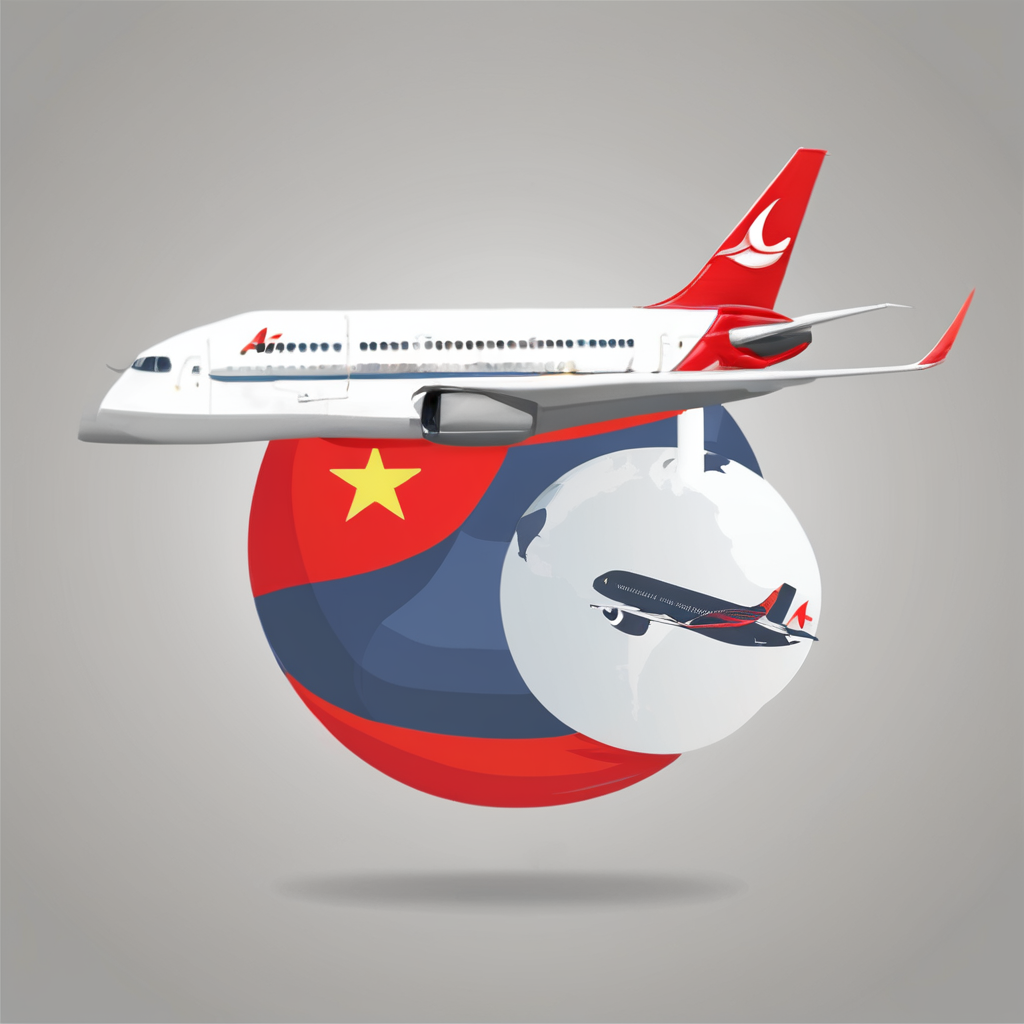Kawasaki Ninja 650 Air Filter Upgrade Overview
Upgrading the Kawasaki Ninja 650 air filter can significantly enhance your motorcycle’s overall performance. The air filter plays a critical role by preventing dirt and debris from entering the engine while allowing sufficient airflow. This balance directly affects combustion efficiency, which in turn influences power delivery and fuel economy.
One of the primary air filter upgrade benefits is improved airflow. A high-quality air filter reduces air resistance, enabling the engine to breathe more freely. This leads to increased throttle response and can boost horsepower. For riders seeking better acceleration and smoother power curves, investing in a superior air filter is essential.
Also to read : Unlock the secrets to maximize your bmw r1200gs battery lifespan: essential expert strategies revealed
Another key advantage lies in filtration efficiency. Upgraded air filters often use advanced materials that trap contaminants more effectively than stock filters. This protection prolongs engine life by preventing harmful particles from causing damage, making it a practical choice beyond just performance gains.
Prioritizing this upgrade is also about maintenance ease and cost savings. Reusable filters can be cleaned and reused, reducing the frequency and expense of replacements. For a popular model like the Kawasaki Ninja 650, choosing the right air filter contributes to both immediate performance improvements and long-term engine health.
Also to read : Mastering steering bearing lubrication: expert tips and safety practices for your triumph thruxton r
Types of Air Filters for Ninja 650
Choosing the right Ninja 650 air filter types significantly influences both performance and upkeep. The two main categories are stock air filters and aftermarket filters, each offering distinct advantages.
Stock air filters typically use paper material, which is effective at trapping dirt but can restrict airflow over time. They are designed to meet the manufacturer’s specifications, balancing filtration and engine protection. However, paper filters tend to have a shorter lifespan and need regular replacement to maintain optimal performance.
Aftermarket filters often feature materials like foam or cotton, which increase airflow and improve engine responsiveness. Foam filters can provide enhanced filtration and are washable, leading to longer service intervals. Cotton filters, especially oiled ones, offer superior air passage and filtration efficiency, making them popular for riders seeking performance upgrades.
The choice of filter material impacts not only engine power but also maintenance routines. Foam and cotton filters require cleaning and re-oiling periodically, whereas paper filters mandate straightforward replacement. Selecting the right filter balance depends on whether you prioritize convenience or maximizing engine output on your Ninja 650.
Step-by-Step Air Filter Installation Guide
Master the Ninja 650 air filter installation with ease and confidence.
Before starting your Ninja 650 air filter installation, preparing the right installation tools is crucial. You will need a screwdriver set, clean gloves, a soft cloth, and the new air filter itself. Cleaning the workspace and ensuring your motorcycle is on a stable stand enhances safety and efficiency.
To begin the step-by-step air filter upgrade, first remove the seat and fuel tank to access the airbox. Unscrew the airbox cover carefully using the appropriate screwdriver, avoiding loss of screws. Next, remove the old air filter by gently pulling it out; be cautious not to dislodge any debris into the intake. Clean the inside of the airbox with a soft cloth to eliminate dust and residues.
Insert the new Ninja 650 air filter firmly into place, making sure it fits snugly without gaps. Reattach the airbox cover, tighten all screws securely but without over-tightening to prevent damage. Finally, reinstall the fuel tank and seat.
During this process, observe safety precautions: disconnect the battery before starting, wear gloves to protect your hands, and work in a well-ventilated area. Following these steps ensures a successful and reliable air filter installation that enhances your motorcycle’s performance and longevity.
Recommended Air Filter Brands and Models
When searching for the best Ninja 650 air filters, several top-rated aftermarket brands stand out for their performance and durability. Brands like K&N, BMC, and Hiflofiltro consistently receive praise among riders looking to enhance airflow and protect their engines.
K&N filters are known for their superior filtration capabilities while boosting engine performance thanks to their reusable cotton gauze design. Similarly, BMC offers lightweight performance filter options that maintain excellent airflow without sacrificing filtration efficiency. Hiflofiltro, on the other hand, provides OEM-equivalent filters favored for reliability and affordability, making them a good choice for regular maintenance.
Choosing the right air filter depends on your priorities: if you want long-term savings and improved breathability, K&N and BMC’s washable filters are ideal. For straightforward replacement focused on consistent engine protection, Hiflofiltro’s range is highly recommended. Additionally, consider factors like ease of installation, compatibility with your Ninja 650’s model year, and whether you ride in dusty conditions, which might necessitate enhanced filtration.
In summary, these recommended air filter brands offer a balance between engine protection and performance gains, allowing Ninja 650 owners to customize their bike’s breathing to suit their riding style and environment effectively.
Maintenance Tips for Upgraded Air Filters
Maintaining your upgraded air filter is essential to ensure optimal engine performance and longevity. Regular air filter maintenance can prevent reduced airflow and engine strain, which might otherwise lead to costly repairs. For owners of the Ninja 650, paying attention to Ninja 650 filter care guarantees that your upgraded air filter performs as intended.
To keep your air filter in top shape, conduct routine inspections every 1,000 miles or monthly, whichever comes first. During these checks, look for dirt accumulation, tears, or damage. Light cleaning can be performed with a gentle vacuum or compressed air, following the manufacturer’s instructions specific to your filter type. For heavily soiled filters, a washable foam or cotton gauze filter should be cleaned with appropriate filter cleaner solutions and left to dry thoroughly before reinstalling.
Regarding replacement intervals, most upgraded air filters require servicing or replacement every 12,000 to 15,000 miles under normal riding conditions. However, if you often ride in dusty or harsh environments, consider more frequent cleaning or replacement. Indicators that your filter needs attention include reduced engine responsiveness, unusual engine noises, or a noticeable decrease in fuel efficiency. Observing these symptoms early can prevent engine damage caused by clogged or damaged filters.
Proper cleaning and replacement tips not only sustain your bike’s performance but also extend the life of your upgraded air filter, making your investment worthwhile. Consistent care ensures that your Ninja 650 continues to run smoothly and efficiently.
Performance Gains and Real-World Results
Upgrading the air filter on a Ninja 650 typically results in noticeable performance improvement. Riders often report horsepower gains ranging from 2 to 5 hp, depending on the specific filter used and additional modifications. This increase comes from enhanced airflow, allowing the engine to breathe better and operate more efficiently.
Many Ninja 650 owners share testimonials highlighting smoother throttle response and a more spirited ride after the upgrade. Data collected from dyno tests support these claims, confirming that the right air filter can unlock additional power without drastically altering the bike’s original setup. However, it is important to recognize that while horsepower gains are real, they may not be dramatic enough to completely transform the bike’s character.
Understanding the limitations of an air filter upgrade helps riders set realistic expectations. The benefits are most evident when combined with proper maintenance and compatible enhancements such as exhaust or fuel management systems. In isolation, an upgraded air filter provides moderate guidance toward better performance rather than a wholesale upgrade. This makes it an efficient option for those seeking incremental gains without complex changes.
Troubleshooting Common Issues After Installation
Small issues after installation can impact your Ninja 650’s performance. Beginning with installation problems, it’s crucial to check that all components are securely mounted and connected. Loose fittings or misaligned parts often cause warning lights or abnormal engine behavior immediately after the upgrade.
If you notice engine warning signs, such as persistent check engine lights or unusual noises, the first step is to re-examine the air filter seating. Incorrect placement or damaged seals can lead to air leaks, which adversely affect engine performance and fuel efficiency. In terms of air filter troubleshooting, ensure the filter is clean and free from debris, and that it matches the manufacturer’s specifications for the Ninja 650.
To guarantee optimal performance, perform a systematic post-installation check. Run the engine at idle and under load, listening for irregular sounds and monitoring for warning indicators. Address any error codes with proper diagnostic tools to pinpoint issues efficiently. This approach not only solves common installation and engine issues but also keeps your Ninja 650 running smoothly.


